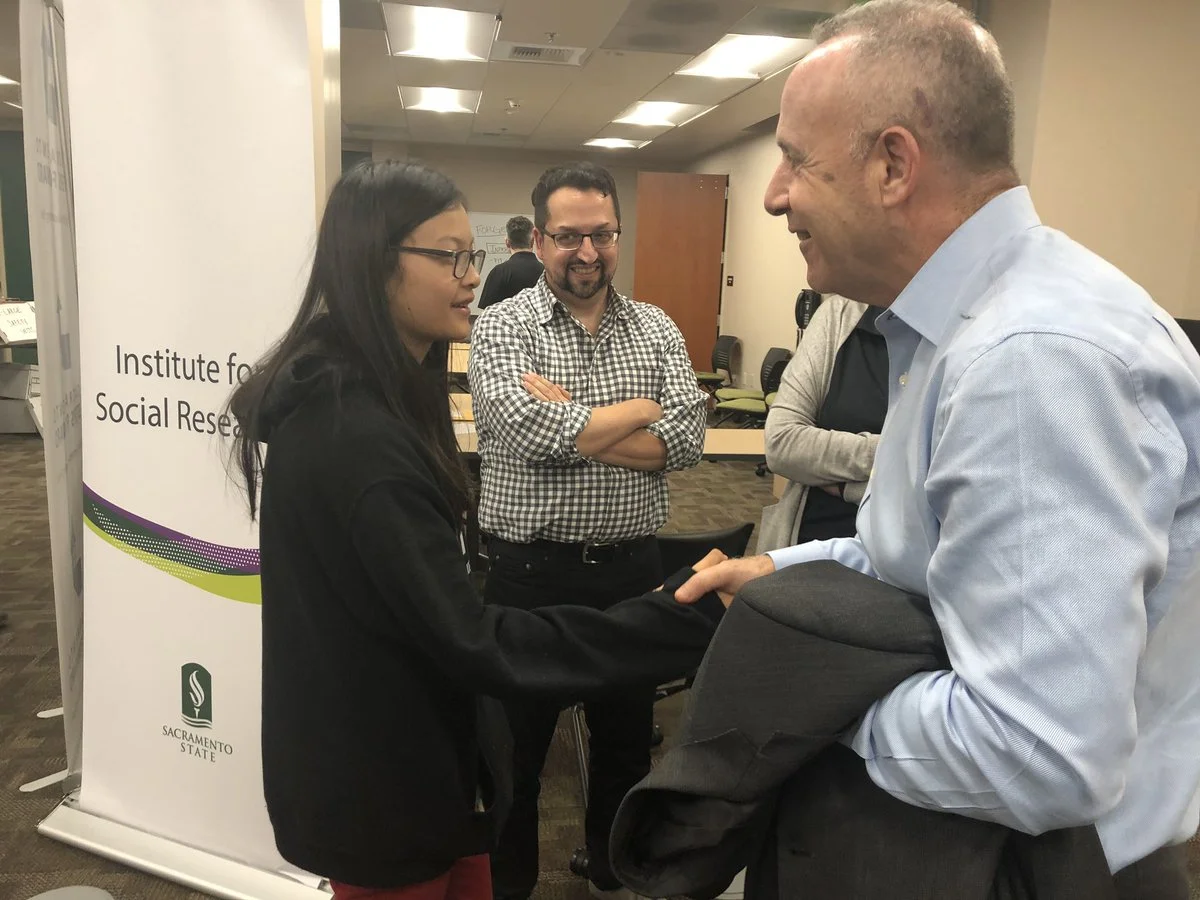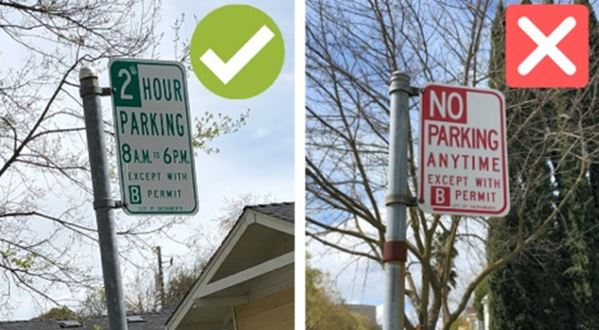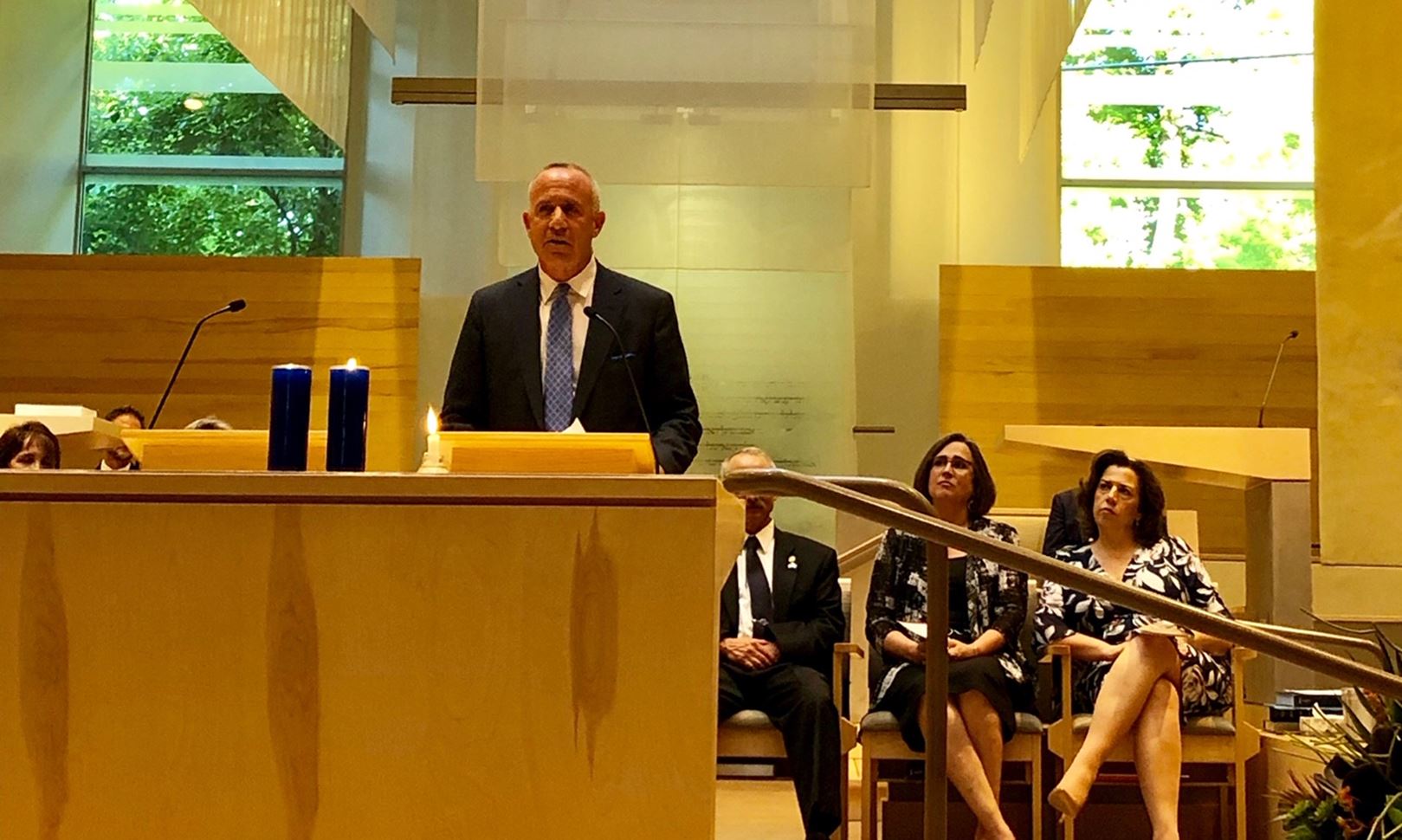Mayor Steinberg: Rising homeless numbers mean Sacramento must build shelters
I am writing today with a prediction that means we will have to fight even harder to eradicate the tragedy of homelessness in our city.
Across the state, homeless numbers are way up. When Sacramento Steps Forward and Sacramento State report our numbers later this month, they will likely be up too.
Percentage increase in homeless Point in Time Count/ 2019 versus 2017
Why? We did a much more thorough job of counting, so that’s part of the reason.
The numbers are also up because it has taken us two years to get the funding and find the sites to vastly expand the number of shelter beds in Sacramento. Our single triage shelter on Railroad Drive helped hundreds of people into permanent housing, but it wasn’t enough to offset the trend of rising homelessness that has swept our state.
Some will say the growing number of homeless people means our ideas don’t work. I strongly disagree. As I will detail below, not only is building shelter to scale the right thing to do, it is the only way we can legally clean up homeless encampments.
We are making progress on new shelters. The former Capitol Park Hotel is scheduled to open in August as a temporary homeless shelter with more than 100 rooms. It will be converted to permanent supportive housing after operating for about 15 months.
In about nine months, we expect to open a new shelter on land leased from Caltrans alongside the W/X freeway near Alhambra. We are also negotiating with Cal Expo to lease a parking lot near Ethan Way to erect a shelter to house 100 people, and we will soon announce a proposed site where we can stand up a shelter quickly in south Sacramento.
We need to take what we have started, invest real resources and build to scale. We can’t wish away this problem. Big societal forces are at work here — mental illness, addiction and sky-high housing prices — and it’s going to take a big effort by our society to make things better.
Some residents of Land Park have consistently written me and said this isn’t a housing problem; it’s an out-of-control drug problem.
I agree that those homeless people plaguing our neighborhoods with drug-related behavior need more than just shelter or housing.
They need intensive drug treatment. We do need more tools to force those who are unwilling to get that treatment to do so. I authored the 2013 bill to allow counties to spend state Mental Health Services Act money on forced enrollment in treatment.
I agree our police officers need more enforcement tools at the local and state levels. I will work with my fellow big city mayors to give those tools to those on the front lines.
Our most urgent need is to give law enforcement the ability to clean up and remove the tents and camps which are too prevalent in our city.
That urgent need ironically depends on our following through with aggressively increasing our shelter bed capacity.
The 9th Circuit Court of Appeals ruled in 2018 that cities cannot move homeless people from their chosen encampments unless cities have available shelter space. In that case, the majority of the justices concurred that “the Eighth Amendment’s prohibition on cruel and unusual punishment bars a city from prosecuting people criminally for sleeping outside on public property when those people have no home or other shelter to go to.”
Once we show a court we have sufficient shelter, we can be much more assertive in enforcing our ban on camping outdoors in our city’s parks, on our sidewalks and in other public spaces.
My colleagues and I on the City Council are pursuing a plan to get 2,000 people off the street through the creation of 800 shelter beds spread throughout our eight council districts. By moving people through at an average of four months, we have the potential to move about 2,500 people off the streets a year.
These will be predominantly low-barrier shelters like the one we operated on Railroad Drive in north Sacramento for 16 months until it closed at the end of June.
Low-barrier shelters take people as they are, with their pets, partners and possessions, and prepare them to secure permanent housing within a few months by helping them obtain crucial documents, deal with untreated conditions and addictions, apply for benefits and look for jobs.
Some new city shelters will serve people with less severe needs than those targeted by the low-barrier approach.
From here on out, we will call them rehousing shelters, because their emphasis from the moment a homeless person walks through the door is to transition that person into permanent housing.
At Railroad, we took a population that was older, sicker and had been homeless longer than the population served by traditional shelters.
Yet we managed to move 264 people, or 40 percent of those who entered, to permanent or longer-term housing. That compares to about 21 percent of traditional shelter residents who transitioned into permanent housing in 2018.
This was our first experiment with running this new form of shelter. I’m confident that we can improve those outcomes by having re-housing specialists on site at each shelter and providing rental assistance to ease the transition to permanent housing.
Siting shelters isn’t easy, and it has taken us awhile. I get it; nobody wants to have hundreds of homeless people living next door. But without shelters people will be living next door anyway — just outdoors in conditions that threaten public safety and health. Our shelters will all have on-site security and employee clean-up crews for the surrounding neighborhood. They will not be walk in shelters, but will take people by referral only.
Capitol Park Hotel will be used as a homeless shelter until it is converted into permanent supportive housing.
The one city in the state that has not reported an increase in homelessness over the past two years was San Diego, thanks in large part to three large “bridge” shelters that operate within a mile of Petco Park.
Sacramento didn’t have money to do anything much about homelessness when I took office in 2017. Now we do, thanks to new state resources raised through my participation in the California Big City Mayors group, the passage of Measure U and private donations.
I will continue to update you at every opportunity. Please continue to put forward your thoughts and ideas.
— Darrell





